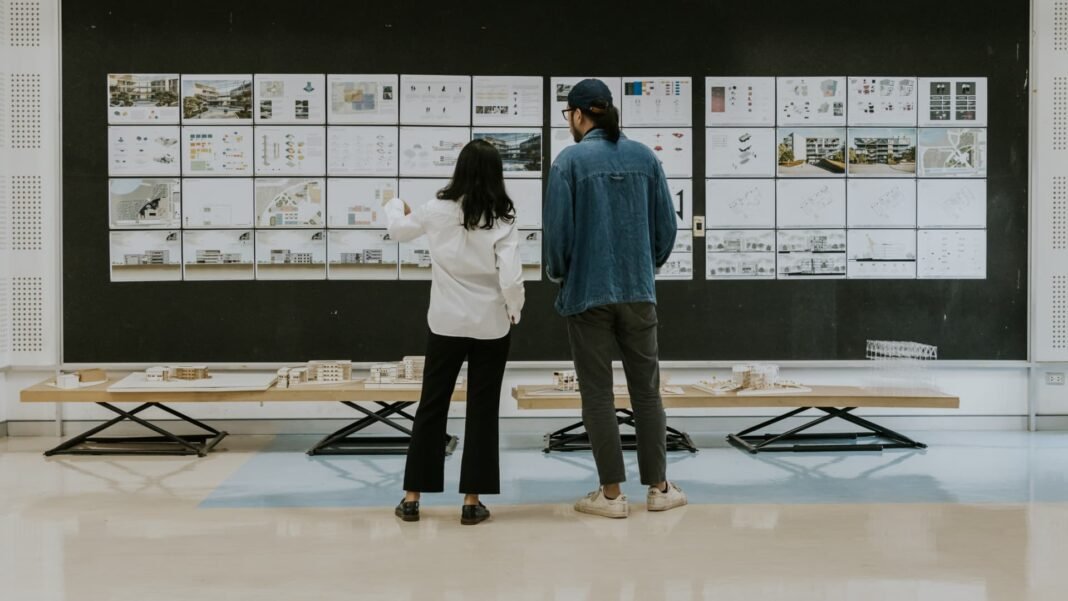Economic Uncertainty Challenges the Architecture Sector
The architecture industry is currently navigating a period of reduced billings,driven by economic instability and shifting tariff regulations that are influencing decisions in commercial real estate development and investment.
Market Hesitation Evident in falling Billings
The most recent AIA/Deltek Architecture Billings Index (ABI) recorded a score of 46.8 in June, down slightly from May’s 47.2. Since any figure below 50 indicates contraction,this reflects continued softness in demand for architectural services across the country.
Regional disparities remain notable. the South experienced a slight increase in billings for the first time since last October, while other regions saw declines persist-though at a more moderate pace. Commercial/industrial and institutional sectors appear to be stabilizing somewhat, whereas multifamily housing firms continue to face significant downturns.
New Project Leads Rise Amid Contracting Design Agreements
A silver lining emerges with an uptick in new project inquiries over the past two months, reaching their highest point since last autumn with an index reading of 53.6. This suggests clients are begining to actively seek proposals and may soon engage architects on upcoming ventures.
However, increased interest has yet to translate into contract signings; design contract values have fallen for sixteen consecutive months. Without growth in signed agreements, improvements in billing figures remain unlikely.
midyear Outlook: Modest Growth Despite Persistent headwinds
The forecast through 2026 remains cautiously optimistic despite ongoing challenges such as elevated long-term interest rates exceeding Federal Reserve targets; inflation that remains stubbornly above desired levels despite recent easing; consumer confidence hovering near historic lows-with only about one-third of Americans expressing optimism about economic conditions as of mid-2024-and labor shortages exacerbated by immigration constraints.
- Nonresidential Building Spending: Expected to grow modestly by approximately 1.7% this year and around 2% next year before adjusting for inflation.
- Manufacturing construction: After previous strong gains, projections now indicate declines near 2% this year followed by an additional drop close to 2.6% next year due largely to supply chain disruptions and global trade tensions impacting material costs.
- Institutional Facilities: This sector shows promise with anticipated increases around 6.1% this year and roughly another 3.8% gain projected for 2026-driven primarily by public infrastructure projects such as hospital expansions and new educational campuses across states like Texas and California.
The Ripple Effects of Tariff Instability on Architectural Projects
An unpredictable tariff landscape continues generating uncertainty within architecture-engineering-construction (AEC) industries worldwide-raising concerns over future prices for essential materials like steel or lumber imported from key partners including Canada or Mexico-and whether escalating trade disputes might provoke retaliatory actions further disrupting supply chains.
“the sector confronts critical uncertainties regarding product availability and cost volatility,” notes industry analyses highlighting challenges architects face when deciding whether to proceed with projects amid fluctuating trade policies.”
A Real-World Example: Urban Redevelopment Delays Due To Tariffs
An illustrative case involves a large-scale urban redevelopment project underway in downtown Detroit where rising tariffs on imported steel delayed procurement of structural components, pushing back timelines beyond original estimates while inflating budgets by nearly 12%. Developers remain cautious but hopeful that easing geopolitical tensions will help restore progress later this year or early next onc contracts stabilize under clearer market conditions.





